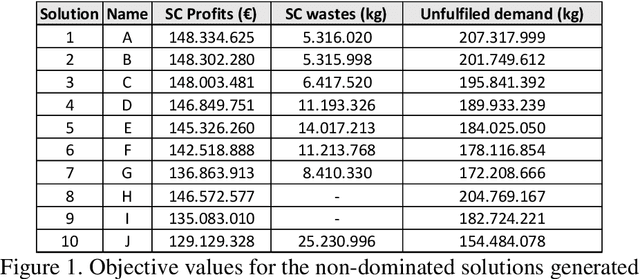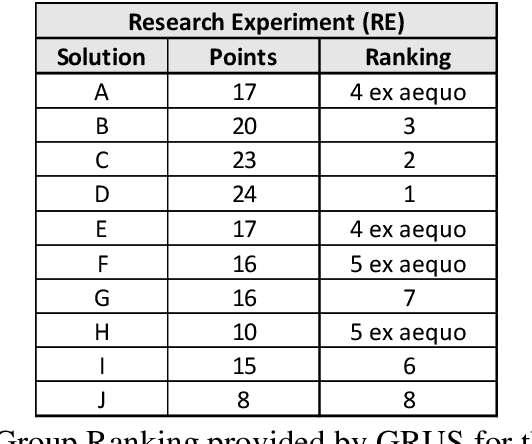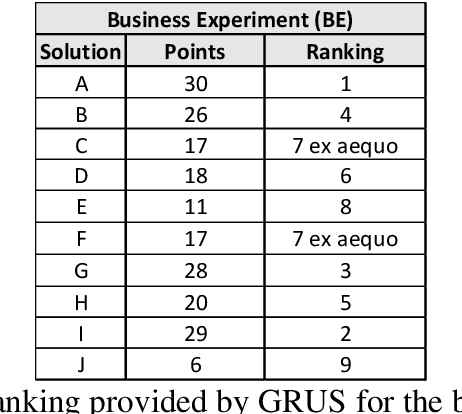Guy Camilleri
UT3, IRIT
Decentralized Smart Charging of Large-Scale EVs using Adaptive Multi-Agent Multi-Armed Bandits
Jul 20, 2023Abstract:The drastic growth of electric vehicles and photovoltaics can introduce new challenges, such as electrical current congestion and voltage limit violations due to peak load demands. These issues can be mitigated by controlling the operation of electric vehicles i.e., smart charging. Centralized smart charging solutions have already been proposed in the literature. But such solutions may lack scalability and suffer from inherent drawbacks of centralization, such as a single point of failure, and data privacy concerns. Decentralization can help tackle these challenges. In this paper, a fully decentralized smart charging system is proposed using the philosophy of adaptive multi-agent systems. The proposed system utilizes multi-armed bandit learning to handle uncertainties in the system. The presented system is decentralized, scalable, real-time, model-free, and takes fairness among different players into account. A detailed case study is also presented for performance evaluation.
Group Decision Support for agriculture planning by a combination of Mathematical Model and Collaborative Tool
Jun 15, 2020



Abstract:Decision making in the Agriculture domain can be a complex task. The land area allocated to each crop should be fixed every season according to several parameters: prices, demand, harvesting periods, seeds, ground, season etc... The decision to make becomes more difficult when a group of farmers must fix the price and all parameters all together. Generally, optimization models are useful for farmers to find no dominated solutions, but it remains difficult if the farmers have to agree on one solution. We combine two approaches in order to support a group of farmers engaged in this kind of decision making process. We firstly generate a set of no dominated solutions thanks to a centralized optimization model. Based on this set of solution we then used a Group Decision Support System called GRUS for choosing the best solution for the group of farmers. The combined approach allows us to determine the best solution for the group in a consensual way. This combination of approaches is very innovative for the Agriculture. This approach has been tested in laboratory in a previous work. In the current work the same experiment has been conducted with real business (farmers) in order to benefit from their expertise. The two experiments are compared.
 Add to Chrome
Add to Chrome Add to Firefox
Add to Firefox Add to Edge
Add to Edge